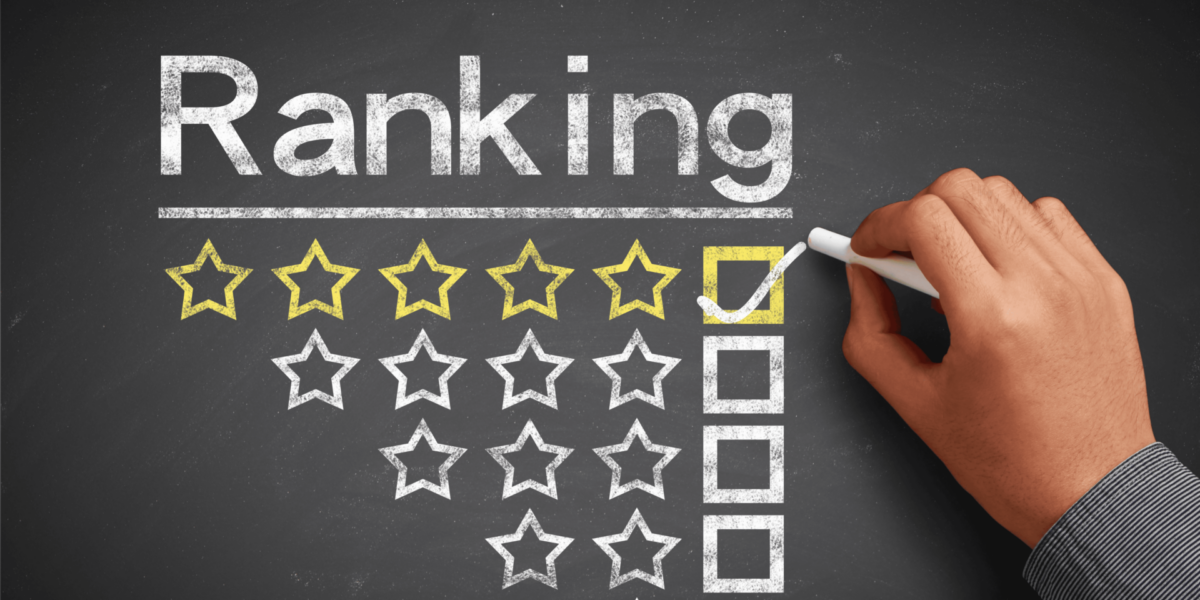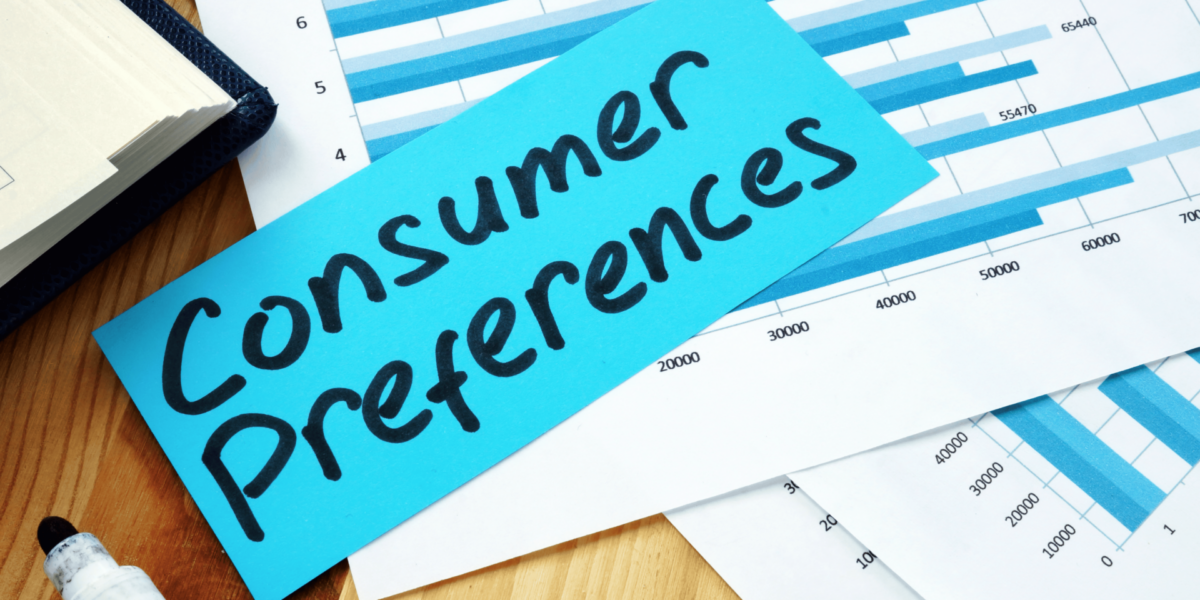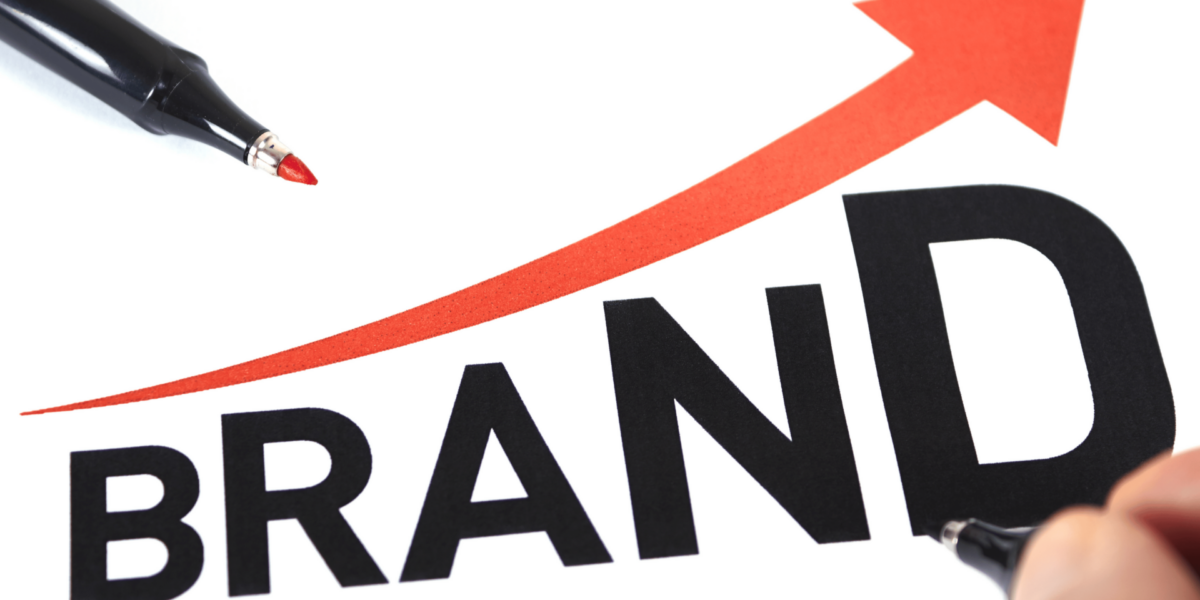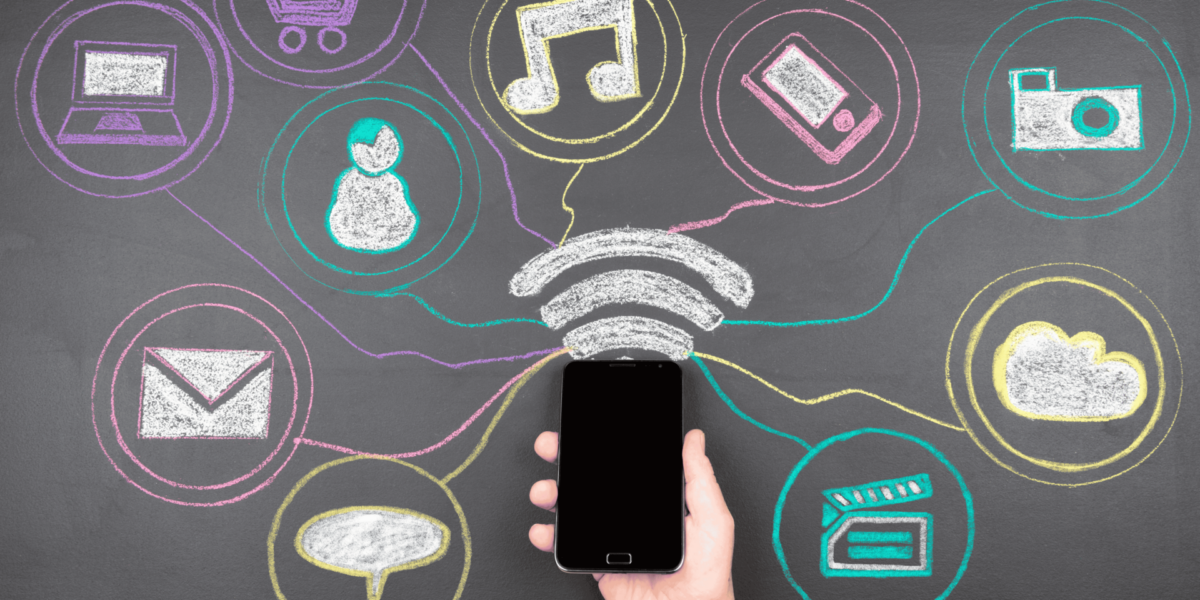Virtual reality (VR) is no longer just a tech novelty. It is reshaping how people experience online entertainment by creating deeply immersive, interactive environments. From live events to digital social spaces, VR is turning screens into lifelike experiences that change how we connect, watch, and play.
Immersive Environments Replace Passive Viewing
Virtual reality transforms entertainment from something we watch into something we step into.
In traditional formats, users sit back and observe. VR changes that by placing the viewer inside the action. Whether attending a concert or exploring a story, users become participants. This shift from passive to active engagement keeps users emotionally connected and mentally involved.
Picture someone logging into a virtual concert. Instead of watching a video on a screen, they enter a 3D venue, stand near the stage, and interact with the crowd. The sense of presence creates an experience far beyond what flat screens can offer.
Virtual Social Spaces Foster Real-Time Interaction
Online entertainment now includes real-time conversations, reactions, and shared activities through VR.
Social features within VR platforms allow users to engage in events together. They can talk, gesture, and move as avatars inside the same digital space. These social layers add emotional value and make entertainment feel more communal, like being at a physical gathering.
A group of friends meets inside a virtual movie theater. They sit side-by-side, comment on scenes, and share laughs in real time. The theater might not exist in the real world, but the shared experience feels genuine—and that’s what keeps people coming back.
Gaming Experiences Become Physically Engaging
Virtual reality games encourage movement, spatial awareness, and real-time decision-making.
Unlike traditional gaming, VR relies on physical actions. Players swing arms, dodge objects, and navigate rooms, turning gameplay into a full-body activity. This level of physical involvement increases excitement and creates deeper focus compared to keyboard or touchscreen interactions.
Imagine a player navigating a survival game. They crouch behind cover, turn to scan their surroundings, and physically move to avoid enemies. Their body becomes part of the controller, making the experience feel urgent and personal.
Live Events Enter the Digital World
Concerts, sports, and theater are expanding their reach through virtual reality broadcasts.
Entertainment providers now use VR to host events that replicate the look and feel of real-world venues. Users can attend from home while still enjoying front-row views and a sense of presence. This format also allows creative freedom to design stages or arenas that don’t follow real-world limitations.
In one scenario, a sports fan enters a virtual stadium with thousands of other fans. They look around, hear crowd reactions, and follow the game from various angles. The event feels alive, even though it’s happening miles away.
Personalized Content Enhances Viewer Control
Virtual reality lets users tailor their entertainment experience through perspective and interaction.
Unlike standard streaming services, VR platforms allow users to control how they view content. They can change positions, interact with elements, or access exclusive layers of information. This personalization turns users into co-creators rather than passive consumers.
A user enters a virtual documentary about ocean life. Instead of watching scenes in order, they explore different areas, interact with marine animals, and choose which path to follow. The freedom to explore keeps them engaged longer and gives them a sense of agency.
Creative Tools Enable User-Generated Worlds
VR entertainment isn’t just made by developers—it’s also built by everyday users.
Platforms now offer creative tools that allow users to design their own environments, games, and experiences. These user-generated worlds expand the variety of available content and keep users invested in their virtual identity and creations.
A digital artist builds a virtual gallery to showcase their work. Visitors from around the world walk through the gallery, view pieces up close, and chat with the creator. The space becomes a living exhibit, always accessible and interactive.
Virtual Economies Fuel Long-Term Engagement
In-game purchases, virtual property, and digital currencies create active virtual economies.
Many VR platforms now support digital transactions that mirror real-world economics. Users can buy clothing for avatars, purchase virtual real estate, or subscribe to premium experiences. These systems add layers of commitment and long-term investment to entertainment.
Consider a user who owns a virtual nightclub. They host events, sell tickets, and earn virtual currency. Running this space becomes part of their entertainment lifestyle, blending play with business strategy and social networking.
VR Reduces Physical Boundaries to Access
Virtual reality brings people together regardless of geography or mobility.
By removing the need to travel, VR allows users from different locations to enjoy shared experiences. This accessibility broadens audience reach and makes entertainment more inclusive for those with limited physical access or mobility constraints.
A student in a remote area attends a virtual theater class. They interact with peers, rehearse scenes, and receive feedback from instructors—all within a digital studio. The experience would be impossible in person, but VR makes it a daily reality.
Emotional Realism Increases Viewer Connection
VR intensifies emotional responses by replicating real-world depth and proximity.
When users see events unfold around them in 360 degrees, their brains process the experience as more authentic. Sounds, scale, and facial expressions feel immediate, triggering stronger emotional reactions and memory formation.
During a virtual drama performance, a viewer stands just feet from the actors. They see subtle facial changes, hear whispered lines, and feel part of the scene. The emotion hits harder because the experience feels real, not distant or scripted.
The Future of VR Entertainment Is Already Here
Virtual reality isn’t a prediction—it’s an active force transforming online entertainment today.
As hardware improves and platforms expand, the integration of VR across streaming, gaming, and social apps will continue to grow. Entertainment will become more personal, more interactive, and more immersive. Those who adopt these technologies early will shape the future of how we consume content.
Tomorrow’s biggest shows, games, and events won’t just be watched—they’ll be lived. And the tools to step inside those experiences are already within reach.









